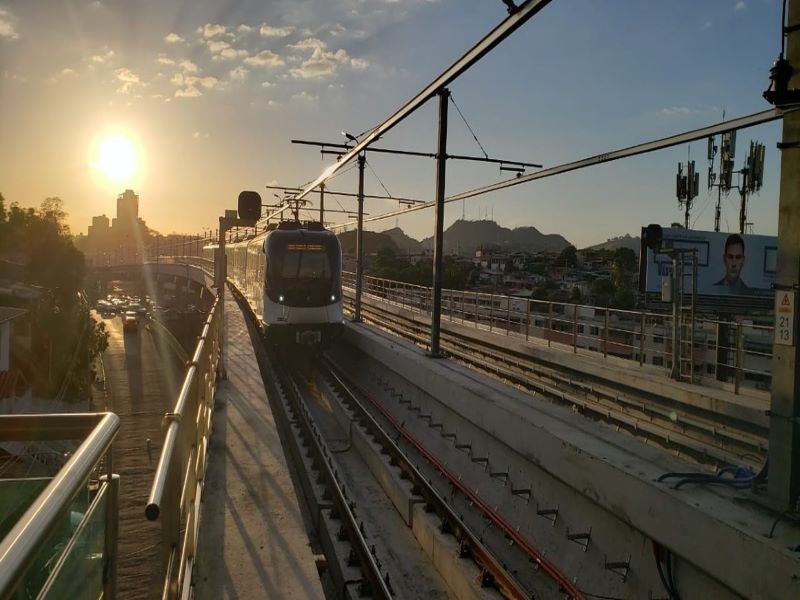
A consortium led by French rolling stock manufacturer Alstom has secured a signalling contract for the expansion of Panama Metro Line 1, a rapid transit system in Panama City.
The SAT consortium, which also includes Thales and Sofratesa, will engage in engineering, installation, testing and commissioning of a communications-based train control (CBTC) solution on the line.

Discover B2B Marketing That Performs
Combine business intelligence and editorial excellence to reach engaged professionals across 36 leading media platforms.
This contract will also include the update of the ATS and SCADA system for the new segment.
Under the agreement, Alstom will deploy its Urbalis 400 solution on around 2.2km extension of Line 1. This section will link the San Isidro Station with the new Villa Zaíta terminal station.
Urbalis 400 is used for the provision of bi-directional and track-to-train wireless communication.
The Line 1, which is currently being accessed by an average of 230,000 users on a daily basis, will be expanded upon the completion of the new extension.

US Tariffs are shifting - will you react or anticipate?
Don’t let policy changes catch you off guard. Stay proactive with real-time data and expert analysis.
By GlobalDataThe extension of Line 1 to Villa Zaíta will include the construction of a terminal station at the northern end with a capacity to support over 10,000 passengers during peak periods.
Furthermore, a bus interchange will be constructed that can serve over 8,000 passengers during peak hours.
Alstom Panama managing director Iván Moncayo said: “Alstom is proud to be, once again, part of the history of the Panama Metro and to contribute to improving the quality of life of Panamanians, providing advanced technology solutions for smart, safe, and sustainable mobility.”
At present, Panama’s Line 1 has around 16km of extension and 14 stations including eight underground stations.
Launched in 2014, the line uses Alstom Metropolis trains and Urbalis 400 train control system.
Last month, Alstom commissioned the fleet of hydrogen-driven passenger trains in the state of Lower Saxony, Germany.





